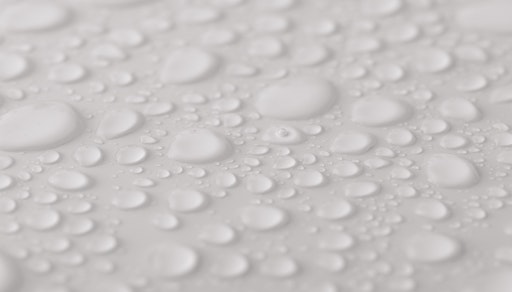In the intriguing realm of scientific exploration, evaporation is one of many interesting phenomena. It refers to the process of transforming a liquid into a gas. Researchers often witness this transformation in laboratory settings when they apply heat to a substance in a liquid state and observe its conversion into a gaseous state.
What Is the Evaporation Process?
The evaporation process is critical in scientific experiments where a solvent needs to be separated from a solution. The result of this is usually a solid or liquid solute being left behind. This separation technique is an example of how researchers in the lab most commonly make use of the evaporation process. A better understanding of the evaporation process in relation to the water cycle can help to better understand the evaporation process as a laboratory application. For this reason, this blog will outline each stage of the water cycle and the role that evaporation plays in the process.
The Water Cycle
The water cycle (also known as the hydrological cycle) combines a number of natural processes that regulate the distribution and availability of water on Earth. Evaporation plays a pivotal role in this process, raising water vapour to the skies, where it joins the collection of clouds.
What Is the Evaporation Process?
The evaporation process starts when water bodies, from vast oceans to tiny ponds, release molecules into the air. As the sun’s energy enhances the kinetic energy of the water molecules, they gain enough momentum to break free from the liquid’s surface, ascending into the atmosphere as water vapour. This transformation is the first step in the journey of water through the water cycle.
Condensation: From Vapour to Liquid
The second movement in the water cycle process is condensation. As the atmosphere cools, water vapour loses energy and begins to slow down. The vapour molecules, once freely moving in the sky, now join together, forming tiny water droplets. This transformation takes the vapour back into its liquid state, laying the foundation for the next act in the water cycle.
The Formation of Clouds
When the water vapour in the atmosphere condenses into tiny water droplets, they form clouds. This formation of clouds occurs when evaporation causes there to be too much water vapour in the air. A common misconception is that clouds are water vapour in the atmosphere; however, if not for the condensation process, which converts water vapour into tiny water droplets that are suspended, clouds would not appear.
Precipitation
As the clouds mature and gather more moisture, they reach a point where the water droplets become too heavy to remain afloat. Then clouds release their liquid droplets back to the Earth’s surface in the form of precipitation. Rain, snow, sleet, or hail, each a unique form of precipitation, falls onto the land, nourishing ecosystems, replenishing rivers and lakes, and sustaining living beings.
The Endless Water Cycle
The water cycle is a mesmerising continuum of evaporation, condensation, and precipitation. This ongoing rhythm ensures a constant renewal of water, making it an integral part of our planet’s ecosystem . Without evaporation and the other stages of the water cycle, life as we know it simply would not exist.
Evaporation affects the ocean’s water loss, but is also of use in the laboratory, for example, as a purification method. Because of this scientists and researchers monitor evaporation inside and outside the lab. At Techmate, we offer lab supplies to properly equip researchers with the tools they need to carry out their work inside the laboratory. Our lab supplies, such as our evaporating dishes and electrical or gas bunsen burners, are ideal for including work that will involve evaporation. If you want to learn more about our lab supplies, browse our catalogue or contact us; our team is more than ready to assist you.

